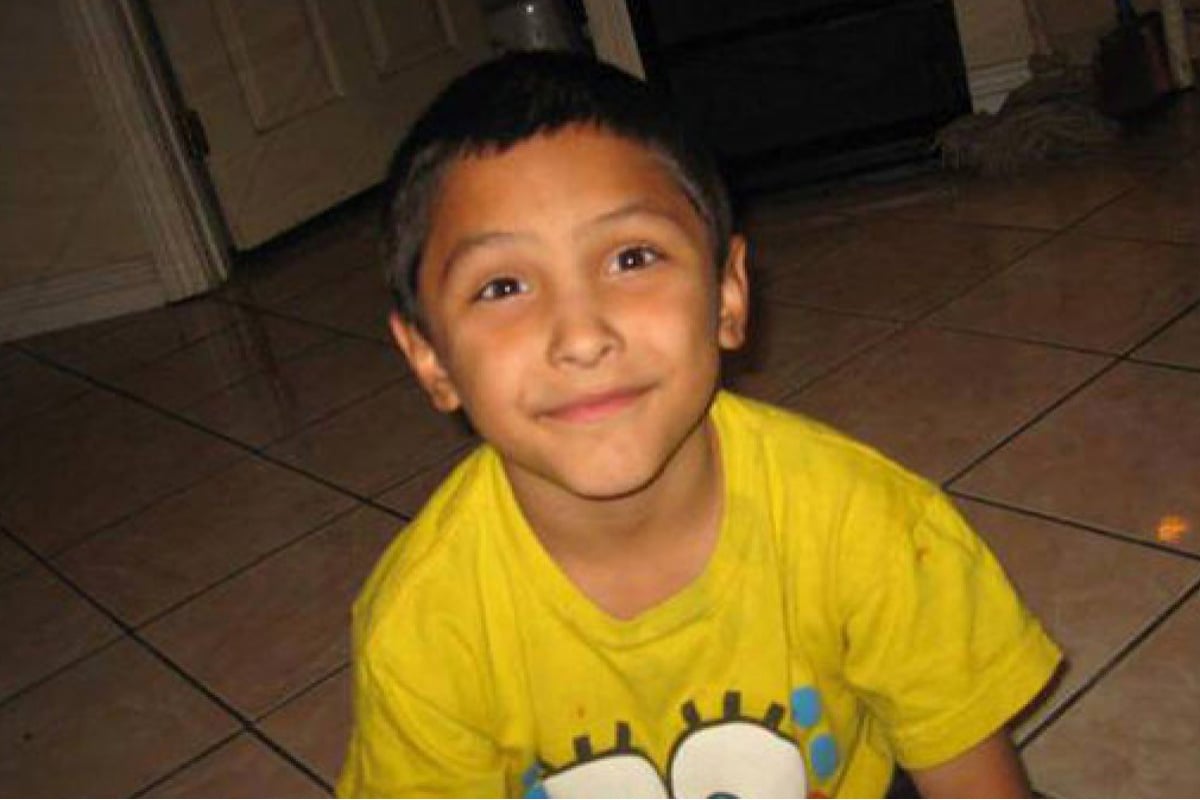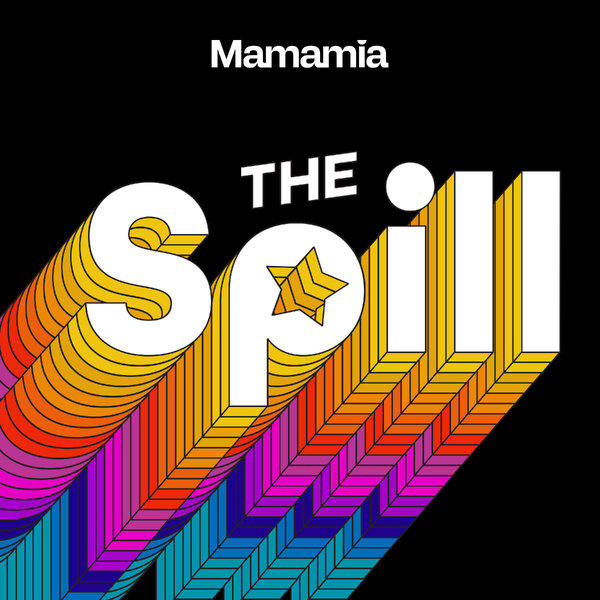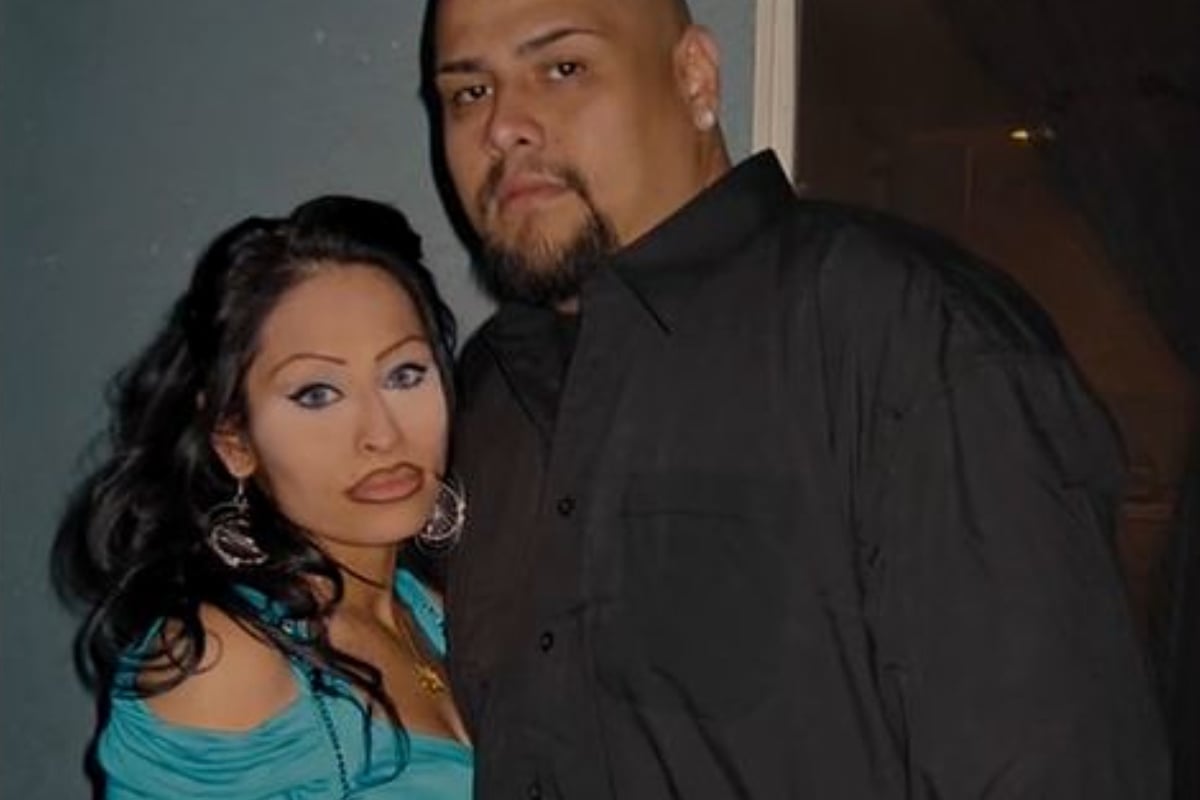
This post deals with child abuse, and might be triggering for some readers.
When paramedics attended to treat eight-year-old Gabriel Fernandez in his Palmdale, California home, they thought he had a skin disease.
As they worked frantically on his little body which was in cardiac arrest, they noticed the multiple bruises and scabs in which he was covered. They had no idea that many of them were burns from cigarettes being put out on him. Or that the scabs and bruises were inflicted by his own mother, Pearl Fernandez, and her boyfriend, Isauro Aguirre.
Gabriel’s short but traumatic life, and his eventual 2013 murder, is the subject of the new Netflix documentary, The Trials of Gabriel Fernandez. Watching the six-episode series is not an entertaining experience; rather a harrowing and heartbreaking one.
Watch the trailer for The Trials of Gabriel Fernandez. Post continues below.
But doing so is important, because learning from the many gross errors that were made leading to Gabriel’s death is the very least that’s owed to him.



Top Comments
How disgusting and heartbreaking! The teacher had an obligation to call the police and turned a blind eye! This precious angel should have been sent back to his uncle and his boyfriend. He would probably still be alive if his uncle took back custody.